What System Do You Vote On?
The stolen elections of 2020 resulted in not just historical economy, defense, immigration, crime, shortages, education and health hardships, but it caused an enormous mistrust in government, Big Pharma, Big Tech and Big Media.
Election security experts agree that the most resilient voting systems use paper ballots (marked by hand or with an assistive device for those who need to use them) that are verified by the voter before casting.
🔹Any system that does not include a paper record or a step for voter verification should not be used.
🔹Some states and local jurisdictions are still using unreliable and insecure electronic voting systems, while others primarily use hand-marked paper ballots.
Types of Voting Equipment
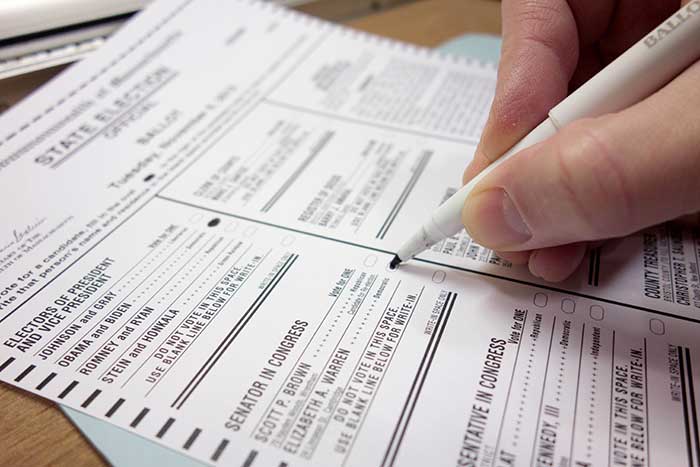
Optical Scanners
Optical scan ballot tabulators, or optical scanners, include hand-fed and batch-fed scanners.
🔹In jurisdictions that use optical scanners voters indicate their selections by filling in an oval, completing an arrow or filling in a box for each selection on their ballot.
🔹Other voters may use a Ballot Marking Device (BMD), some of which encode voters’ selections into QR codes or bar codes. Ballots are then scanned on hand-fed optical scanners in the polling place or are collected in a ballot box to be scanned at a central location on hand-fed or high-speed batch-fed optical scanners.
🔹Most larger jurisdictions have one or more batch-fed optical scanners, which they house in a central location to scan and tabulate mail or absentee ballots.
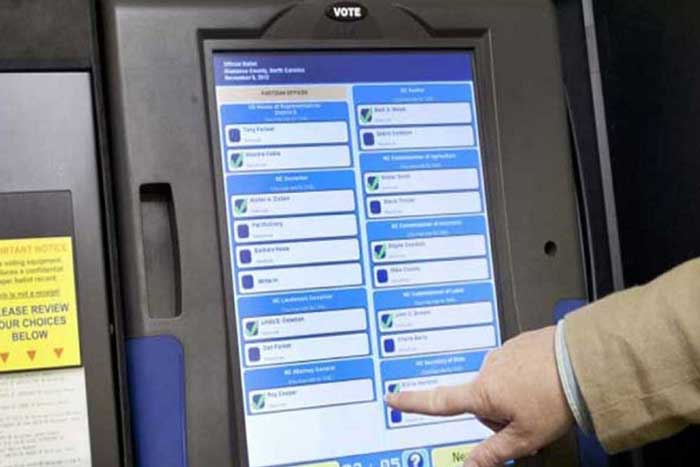
Direct Recording Electronic (DRE) Systems
Direct Recording Electronic (DRE) voting systems use one of three user interfaces (pushbutton, touchscreen, or dial) to allow voters to record their selections directly into computer memory.
🔹DREs can support private, independent voting for individuals with disabilities by being configured with Audio-Tactile Interfaces (ATI), headphones so the voter can have the ballot read to them, or paddles or sip-and-puff devices for voters with dexterity impairments.
The voter’s choices are stored in DREs via a memory cartridge, diskette, or smart card and added to the choices of all other voters.
🔹Some DREs can be equipped with Voter Verified Paper Audit Trail (VVPAT) printers that allow sighted voters to confirm their selections on an independent paper record before recording their votes into computer memory. This paper record is preserved and, depending on state election codes, made available in the event of an audit or recount.
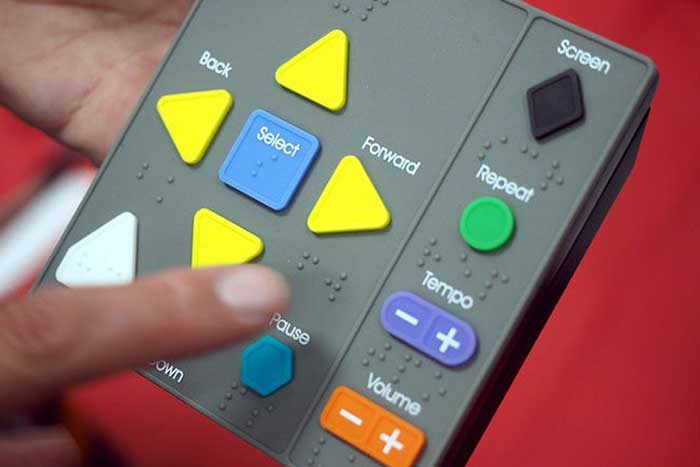
Ballot Marking Devices
Ballot Marking Devices (BMDs) present the electronic ballot, allow voters to electronically select valid contest options and then produce a human-readable paper ballot.
🔹Unlike DREs, which record votes directly into computer memory, BMDs do not make any other lasting record of the voter’s selections.
🔹Some BMDs mark pre-printed ballots, while others print summaries of voter selections, often with those selections encoded in barcodes or QR codes. Then (except in the hybrid systems described next) voters either cast their ballots on a separate hand-fed optical scanner, or place them in a ballot box to be counted centrally.
🔹BMDs were developed in response to the federal requirement in the Help America Vote Act of 2002 (HAVA) that all polling places must provide a means for voters with disabilities to vote privately and independently. To fulfill this requirement and to broaden usability, BMDs support private, independent voting by providing screen contrast adjustment, large text, Audio-Tactile Interfaces (ATI), headphones with so the voter can have the ballot read to them, or paddles or sip-and-puff devices for voters with dexterity impairments.
🔹The first BMDs included the AutoMARK, which was purchased and subsequently manufactured and marketed by ES&S, and Unisyn’s OpenElect OVI-VC.
🔹New Hampshire and Oregon have also developed unique ballot marking systems.
🔹Beginning in 2014, some jurisdictions began providing BMDs for use by all in-person voters — an approach that became widespread in 2020.
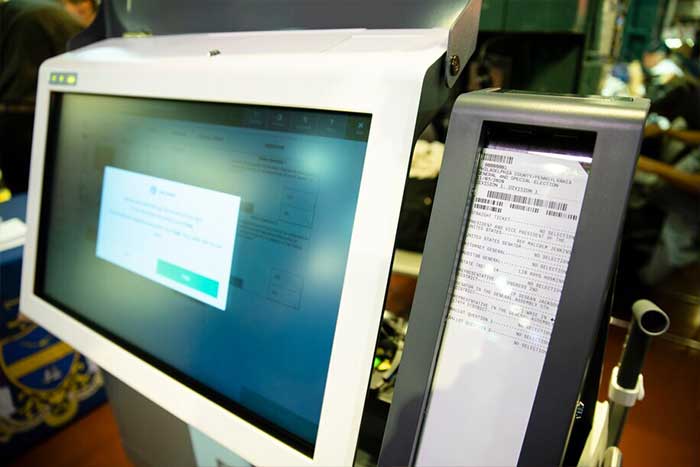
Hybrid Voting Systems
Hybrid voting systems combine two functions: they allow voters to mark a ballot, and they tabulate ballots. Hybrid systems include Hybrid Optical Scan/BMDs, Hybrid Optical Scan/DREs, and Hybrid BMD/Tabulators.
🔹The first hybrids were developed by Dominion Voting Systems, first with the addition of an assistive technology interface (ATI) to the ImageCast Precinct optical scanner and later with the ImageCast Evolution.
🔹Most often the assistive interface of the ImageCast Precinct includes a printer that prints the voter’s ballot, which is then scanned by the ImageCast Precinct.
🔹The Evolution’s assistive features, printer, and scanner are integrated into a single unit, although the configuration is virtually identical to a separate BMD and scanner configuration, as described in the preceding section. This equipment is known as “Hybrid Optical Scan/BMD.”
🔹Hybrid Optical Scan/DREs are scanners that can be configured to allow voters to enter their selections from “assistive ballots” directly into the tabulation without the creation of an independent paper ballot, thus functioning as a DRE.
The ImageCast Precinct ATI and the Hart InterCivic eScan A/T, which is used statewide in Oklahoma, are “Hybrid Optical Scan/DREs.”
🔹Hybrid BMD/Tabulators function as BMDs but contain an internal tabulating functionality. The voter’s selections are printed on a voter selection card, which is scanned and tabulated by the same machine.
🔹The ExpressVote XL and the ExpressVote, when used as a BMD and tabulator are “Hybrid BMD/Tabulators.”
🔹While the ExpressVote XL always functions as both a BMD and as a tabulator, the ExpressVote can be configured to function exclusively as a BMD or as a BMD and tabulator.
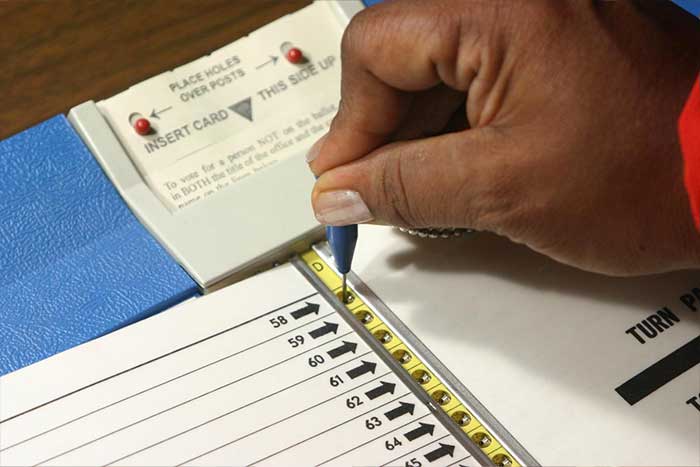
Punch Card Voting Systems
Punch Card Voting Systems employ a card (or cards) and a small clipboard-sized device for recording votes.
🔹Voters punch holes in the cards using a supplied punch device opposite their candidate or ballot issue choice.
🔹After voting, the voter may place the ballot in a ballot box or the ballot may be fed into a computer tabulating device at the precinct.
🔹No U.S. jurisdictions have used punch card voting systems in federal elections since 2014.
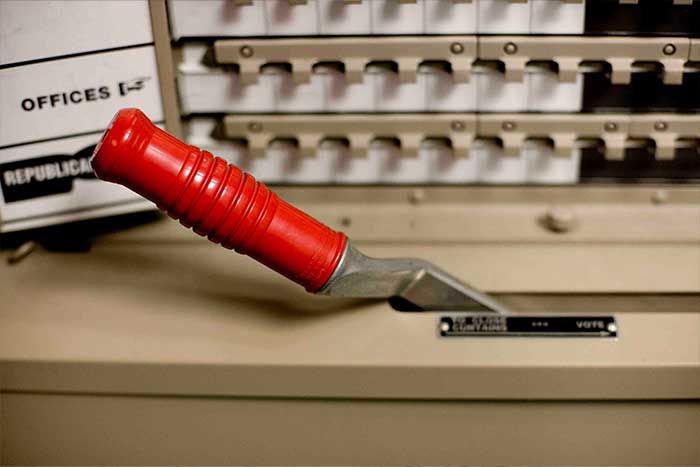
Mechanical Lever Voting Systems
First introduced in the 1890s, mechanical lever machines were used in many states during the 20th century. As recently as 1996, mechanical lever machines were used by 20.7% of registered voters in the United States. Since 2010, no mechanical lever voting machines have been used in federal elections.
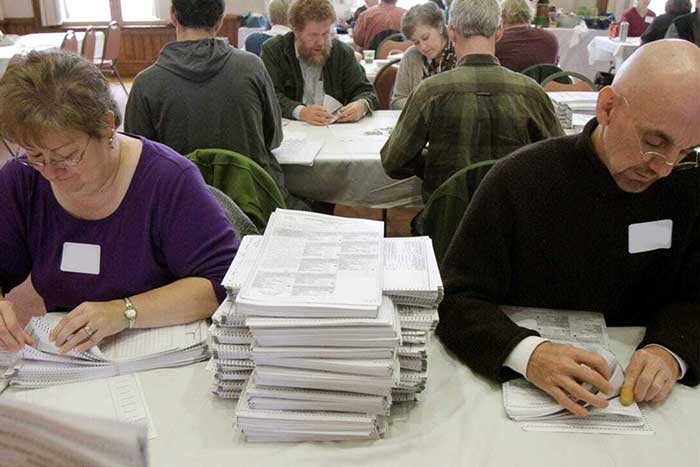
Hand Counted Paper Ballots
Many jurisdictions manually count mail ballots as well as in-person absentee and provisional ballots. While hand counts are not “voting equipment,” issues like ballot design and voter intent, which affect all voting systems, are also relevant to hand counted paper ballots. Jurisdictions that manually enter votes into DREs are included in the hand counted category.
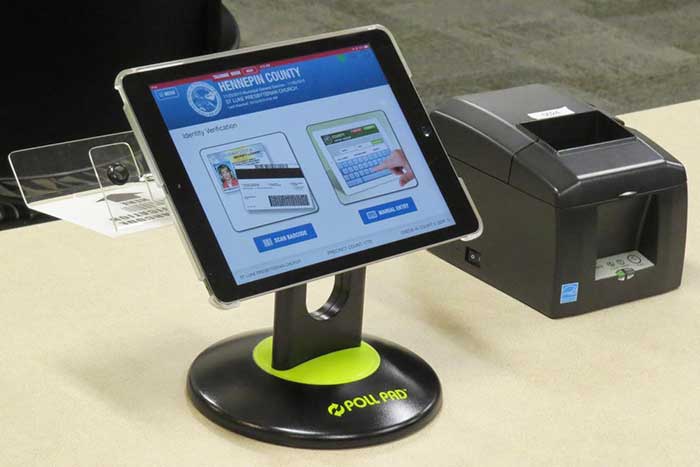
Electronic Poll Books
Many jurisdictions now use electronic poll books (or e-poll books) instead of paper poll books (or rosters) to check in voters.
🔹Some states and counties have developed electronic poll books specifically for their voter registration systems.
🔹In all mail ballot jurisdictions with Election Day vote centers, which are often in the county election official’s office, this electronic poll book may be simply the election official’s normal means of accessing a state-level voter registration database or election information management system.
🔹Most in-house electronic poll books use consumer off the shelf hardware and resemble the electronic poll book products sold by commercial entities.
🔹Like in-house electronic poll books, commercial electronic poll book systems use hardware, software, or a combination of the two to serve the functions of traditional paper poll books.
🔹Since 2000, several companies have developed and marketed systems that can be configured to be compatible with a variety of state voter registration databases.
🔹Most commercial electronic poll books use commercial off the shelf hardware (tablets, laptops, document scanners) in their systems.
🔹Electronic poll books can be useful in early voting and Election Day vote centers, which must accommodate voters from any precinct in a jurisdiction.
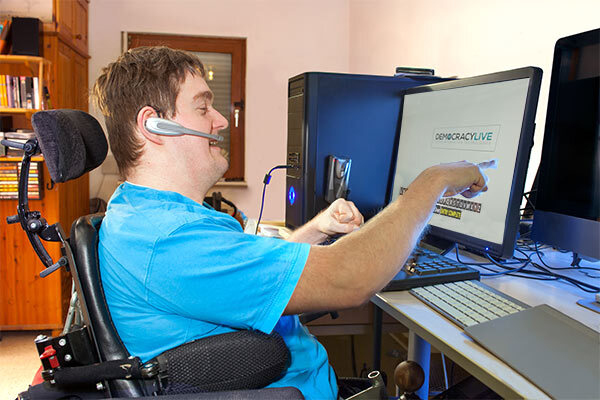
Remote Ballot Marking Systems
Remote ballot marking systems are provided by a state or county to eligible voters, who access and/or mark their ballots via a web browser.
🔹Voters are typically authenticated by entering personally identifiable information, a PIN, or a temporary password.
🔹Client-side remote ballot marking systems allow a voter to access and mark a ballot on a computer or tablet, with the marked ballot being generated locally in the voter’s browser, while server-side remote ballot marking systems use a remote server to mark and store the voter’s selections, which are transmitted to the server from the voter’s computer via the internet.
🔹Voters using remote ballot marking systems must print and mail or drop off their ballot according to the rules for mail or absentee ballots in the jurisdiction.*
🔹Most remote ballot marking systems are commercial systems that have been developed by a non-governmental company, while a few are “in-house” systems, which are built and programmed by state election authorities.
*Remote ballot marking systems that support the electronic return of voted ballots are categorized as internet voting systems.

Thanks for supporting independent true journalism with a small tip. Dodie & Jack

.
.
We are thankful to our incredible sponsors!
Please Support These American Owned Businesses
___________________________
Get Your Natural Vitamins A & D from the Sea!

.



For Information

History, Texas, Pioneers, Genealogy
From award-winning Texas author Cynthia Leal Massey.




[…] The Complexity of Voting Explained by Each System — Clever Journeys […]
LikeLiked by 1 person